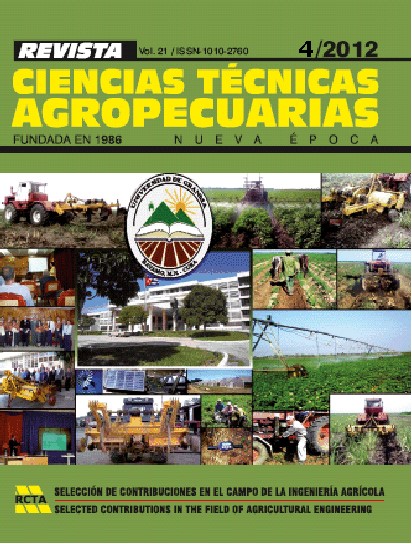Las técnicas geomáticas aplicadas en la agricultura: El catastro agrícola
Main Article Content
Abstract
geoespaciales así como programas informáticos especializados para el análisis de los datos y su representación espacial. Entre las más
importantes, destacan la Teledetección, los Sistemas de Información Geográfica (SIG), los Sistemas de Posicionamiento Global (GPS) y la
Cartografía, así como software para el procesamiento digital y representación CAD entre otros. Hoy en día sería casi imposible gestionar los
procesos agrarios sin recurrir al empleo de alguna de estas técnicas. Una de las herramientas cartográficas temáticas fundamentales son los
mapas catastrales, definidos como documentos cartográficos que representan los bienes inmuebles de un área agrícola con suficiente detalle
espacial para facilitar la gestión a nivel de parcelas, sub-parcelas e incluso a escala intraparcelaria. Precisamente el trabajo tiene como objetivo
demostrar la necesidad e importancia del empleo de las herramientas catastrales para lograr una gestión agraria y territorial eficiente. Para
ello se hace analiza el avance del catastro como sistema en Cuba, llegando a la concepción contemporánea y se particulariza en los catastros
especializados para el sector, mostrando un ejemplo concreto que permite a los directivos y especialistas de las PyMES apreciar sus bondades.
Article Details
Those authors that have publications with this journal accept the following terms:
1. They will retain their copyright and guarantee the journal the right of first publication of their work, which will be simultaneously subject to the License Creative Commons Attribution-NonCommercial 4.0 International (CC BY-NC 4.0) that allows third parties to share the work whenever its author is indicated and its first publication this journal. Under this license the author will be free of:
• Share — copy and redistribute the material in any medium or format
• Adapt — remix, transform, and build upon the material
• The licensor cannot revoke these freedoms as long as you follow the license terms.
Under the following terms:
• Attribution — You must give appropriate credit, provide a link to the license, and indicate if changes were made. You may do so in any reasonable manner, but not in any way that suggests the licensor endorses you or your use.
• NonCommercial — You may not use the material for commercial purposes.
• No additional restrictions — You may not apply legal terms or technological measures that legally restrict others from doing anything the license permits.
2. The authors may adopt other non-exclusive license agreements to distribute the published version of the work (e.g., deposit it in an institutional telematics file or publish it in a monographic volume) whenever the initial publication is indicated in this journal.
3. The authors are allowed and recommended disseminating their work through the Internet (e.g. in institutional telematics archives or on their website) before and during the submission process, which can produce interesting exchanges and increase the citations of the published work. (See the Effect of open access).
